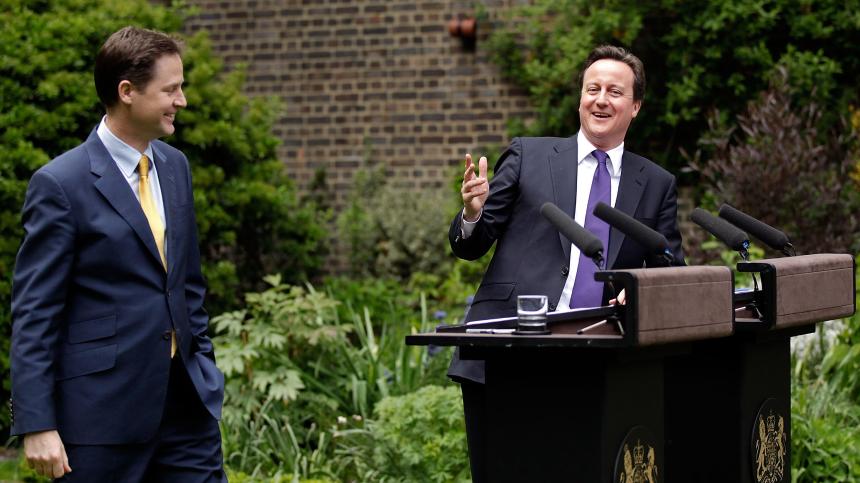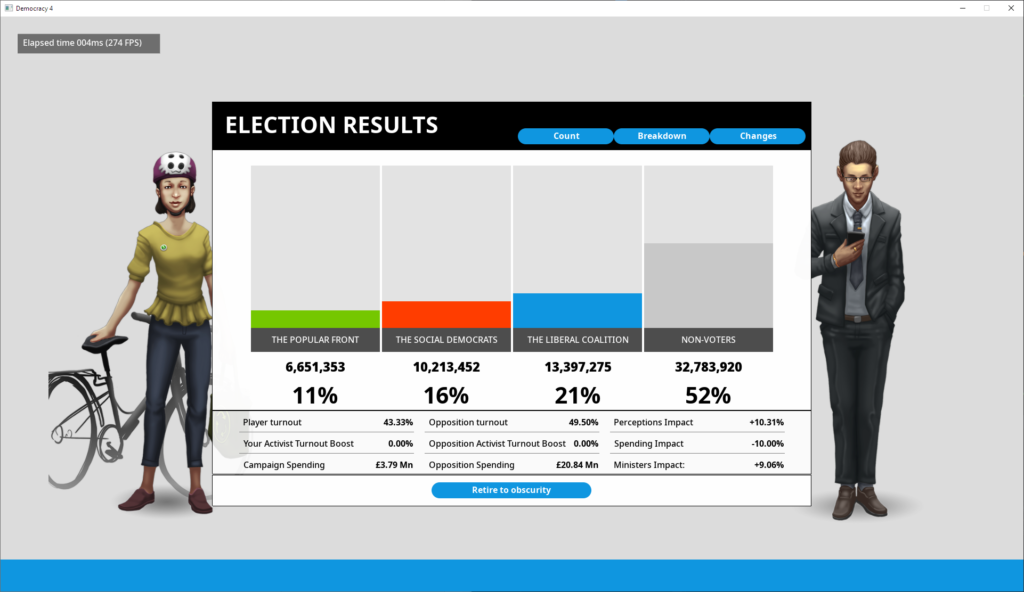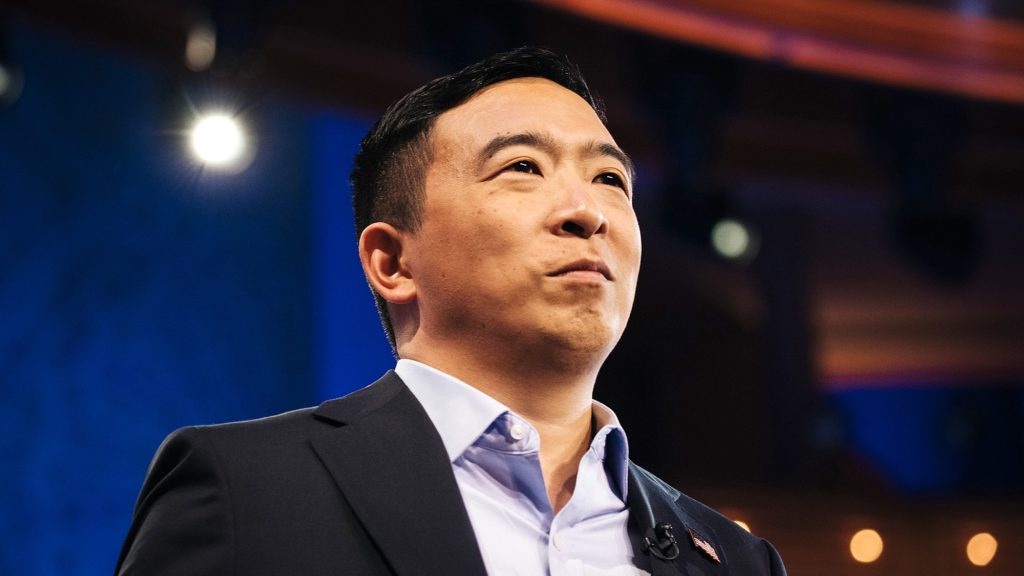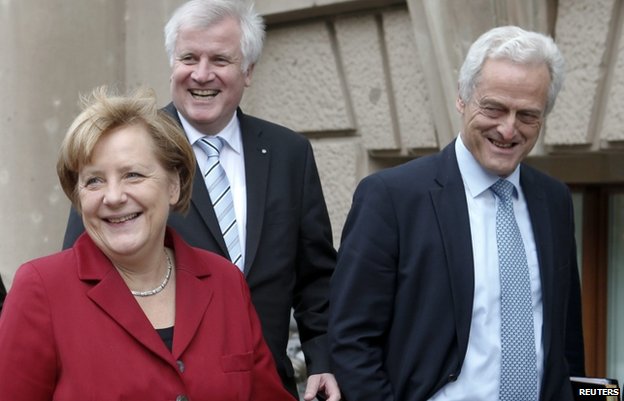So I had a sudden mad rush of adrenaline this past weekend and decided I should code multi-party support into Democracy 4. This is something people have asked me for over a very long period, but I’ve always resisted it. I thought it would change the game into some horrible three-way negotiation and back-room dealing simulation rather than be focused on actual policies and theories which is what I am more interested in…
Actually I’ve always found it weird people WANT the game to be basically more like the corrupt, undemocratic bullshit that a lot of western multi-party politics has become. Surely in our heads what we want is a trial of ideas and philosophies where the best policies for the people win? nobody fantasizes about having to implement policies you hate because you need to haggle with some other party leader?
 The sheer optimistic joy of coalition government
The sheer optimistic joy of coalition government
Anyway…eventually me and Jeff got chatting and decided that there WAS a way to include some elements of multi-party politics, without totally breaking the way the game works, and which could work within the existing framework of political capital and policy decisions. But first, I had to sort out the UI.
Democracy 3 has always had 2 parties, and because I never intended to change this, there were actual hard coded ‘pointers’ to the player and opposition parties everywhere in code. Essentially this just meant a lot of donkey-work going through code and changing this to an open ended list everywhere, and checking everything would save and load ok, and that we didn’t have any legacy stuff referring to ‘the opposition party’ in the code.
Then I needed to re-jig a lot of GUI code. There were basically three places where parties get referenced, the party screen (showing members/activists over time), the fundraising screen (this was part of the D3 electioneering DLC but now integrated into the game) and the election results screen.
As I write this, I’m done changing all the GUI apart from the post-election breakdown of each voter group and how they voted (it needs different colors for each opposition group too). So right now, the post-election screen in a 3-party game looks like this: (work in progress BTW)
 shiny new user interface (work in progress)
shiny new user interface (work in progress)
I’m thinking (for now) that a 3 party limit makes most sense. To explain that, I need to delve into the two areas that are needed to make this work within the simulation: Joining parties, and coalitions.
In the current game (Democracy 3) party joining is simple. Players build up over time a sympathy to a party if they are super happy (player) or super unhappy (opposition) eventually joining that party. A weakening of sympathy for a party over time results in the player leaving. I decided to keep this system, but to position the new 2nd opposition party as a ‘centrist’ party between the player and the opposition. In other words, if a value of 100% happiness means joining the players party, and 0% means joining the opposition, 37.5% means joining the new centrist opposition. Why 37.5%? because we still see 50% happiness as being the point where you will vote for the player (if you vote…)
Let me explain the term centrist. I’m not referring to politically centrist at all. In fact the game makes no explicit assumption about the political position of either opposition party. Basically the ‘opposition’ are the party who absolutely oppose your party position on everything, and the ‘centrist’ party (the new 3rd party) are midway between you and the opposition. In theory, your party could be centrist, the opposition right wing, and the new opposition mildly left wing. The key point here is that the new opposition is *closer* to your position than the old opposition is.
 random image of yang for no reason
random image of yang for no reason
So…I’ve done all the code for this and modeled correctly voters joining and leaving all 3 parties over time. So thats in the game and working (hurrah!). The next thing I need to do is to code in the effects of a coalition.
If your party gets >50% of the votes in an election (ignoring absent voters) then you win just as before. If you do NOT get that, but you ARE the largest party…then you go into a coalition in government with you sharing power with one of the other parties. At first sight, this makes no difference to how the game is played…
…but actually it reduces your political capital each turn dramatically. In other words…you really cant get much done. HOWEVER, you will be regularly offered deals by your coalition partner, where they basically say ‘implement/cancel/change THIS policy, and we will give you X political capital’. Obviously we will engineer code that will always make that an *interesting* decision for you to make. In other words, to reference my own countries recent coalition government, this is ‘give us a referendum on political reform and we will stop blocking your economic policy’. Obviously in real politics this happens all the time (in >2 party systems).
 yet another group of happy politicians in a coalition! compromise feel so great!
yet another group of happy politicians in a coalition! compromise feel so great!
Hopefully this strikes an interesting and acceptable compromise between having all the machinations of multi-party government, while still keeping the game playable and understandable to people who enjoy Democracy 3. I do intend to make this totally optional as a parameter when you start a new game, so you could (for example) play the USA as a true 3 party system, or Germany as a 2 party system, whatever appeals to you.
This is the first big ‘gameplay’ change that makes Democracy 4 different to democracy 3. So far its been tech changes (multi-language text rendering and vector graphics) and UI changes (OMG it looks so much nicer). We also have a lot of content changes planned (policies,events etc). More on that over time…